The Importance of Operating Lights in the Surgical Area: Optimization of Procedures and Direct Benefits for Patients.
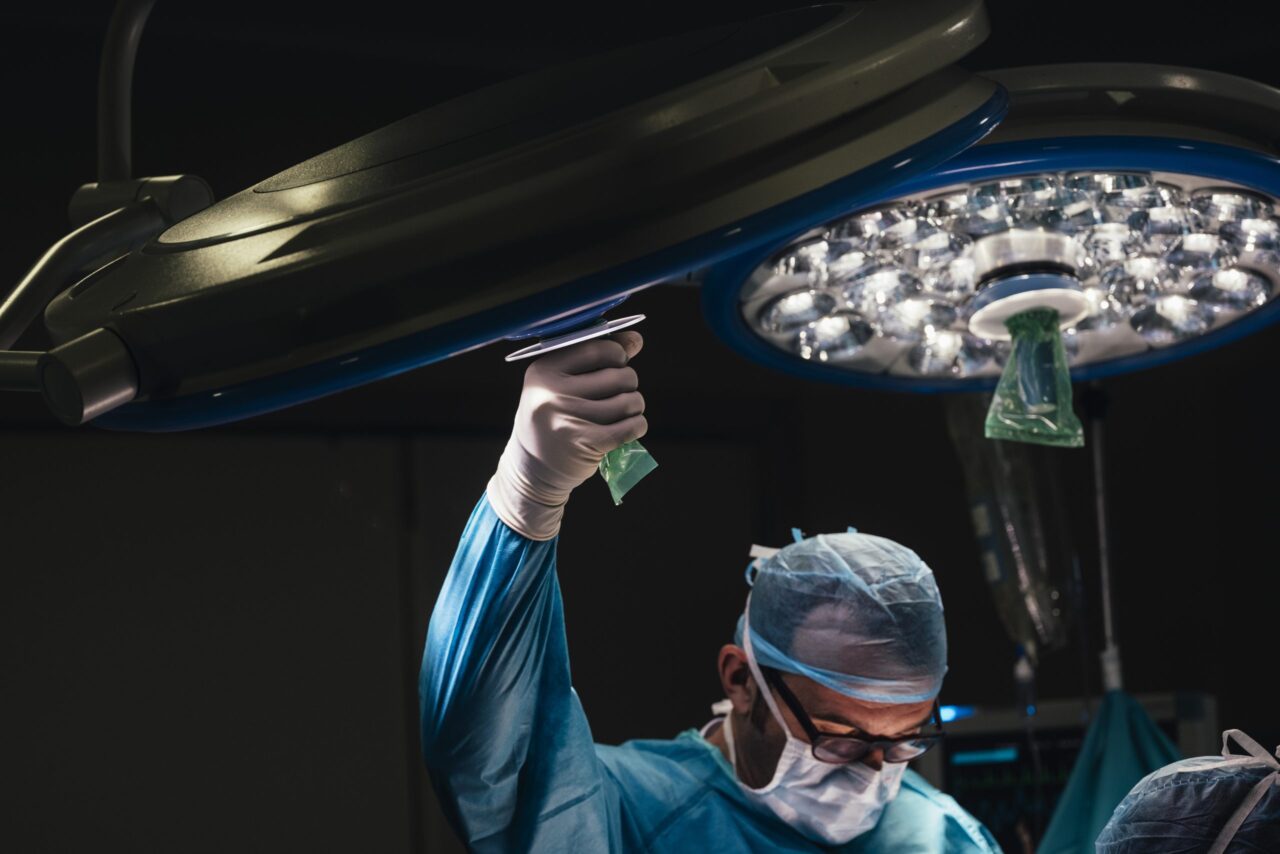
The field of modern medicine has undergone significant advances in recent decades. With the development of new surgical and diagnostic techniques, constant improvements are needed in the equipment and tools that help medical professionals perform their work as efficiently as possible. One such essential tool is the operating light.
The Fundamental Role of Ultrasound Scanners in Early Detection of Diseases
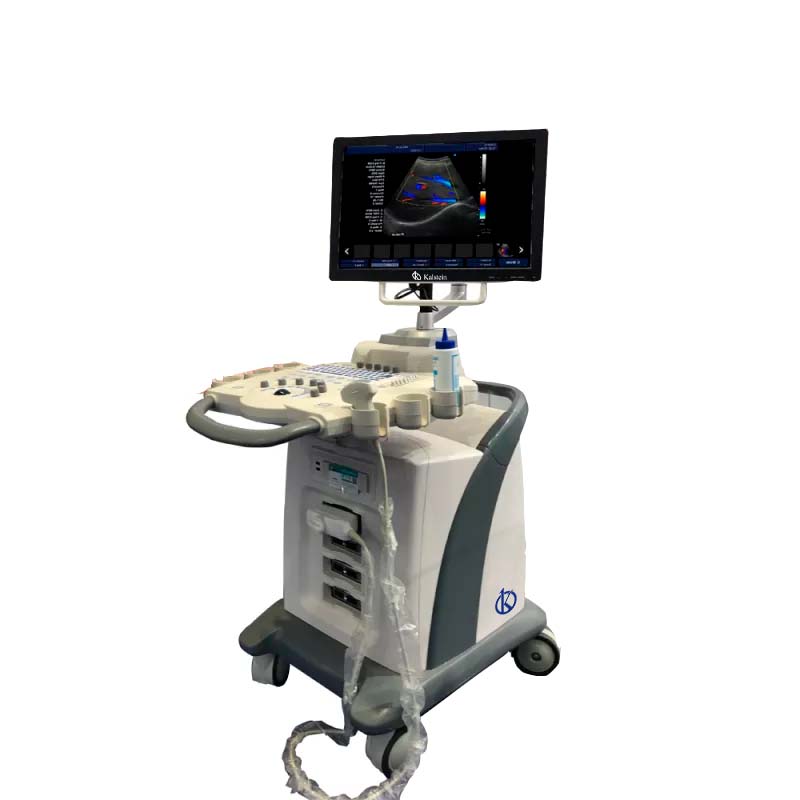
The constant advancement of medical technology has facilitated the diagnosis and treatment of several amazing diseases. Among these innovations, the ultrasound scanner is a crucial tool in the medical arsenal. This device, which emits high-frequency sound waves and interprets their echoes to form an image, is indispensable for the early detection of diseases.
Ultrasound Scanners and their Functionality
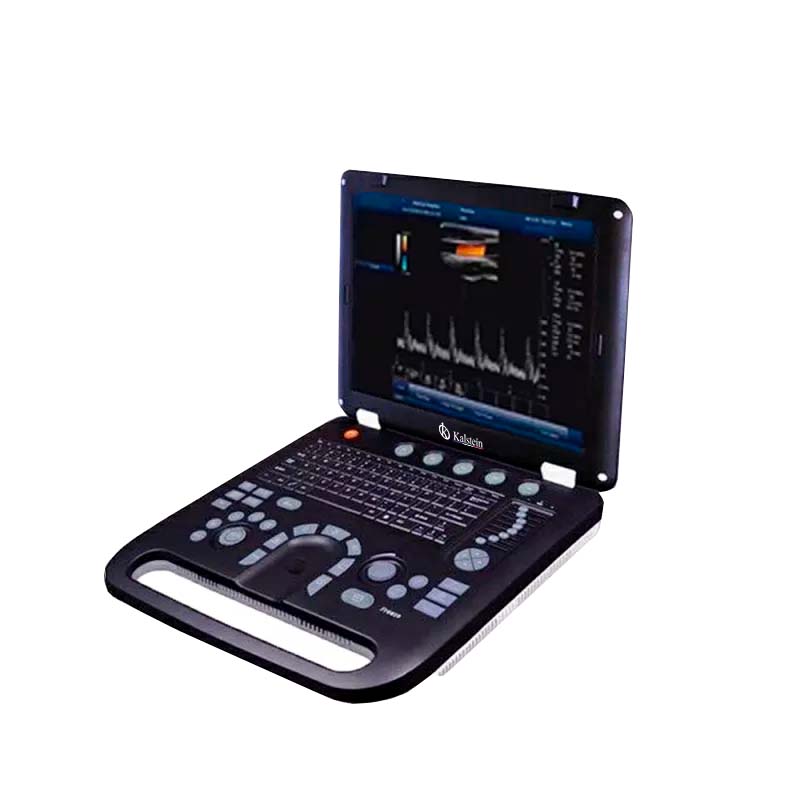
Ultrasound scanners have become one of the most influential and revolutionary instruments in the field of medicine today. They produce high-resolution images of our insides, providing a detailed map of human anatomy and physiology without the need for physical invasion, an outstanding advance that has transformed the way diseases are diagnosed and treated.
Ultrasound technology and its impact on healthcare.

Technological advancement has transformed many industries, including the healthcare sector. A key element of this evolution is ultrasound scanner technology, which has revolutionized how physicians diagnose and treat various pathologies. But in addition to its medical applications, ultrasound offers significant benefits for patients. Kalstein explores how ultrasound scanners enhance patient safety and comfort, reinforcing two crucial aspects of healthcare: diagnostic efficiency and patient comfort.
The Emergence of a New Technology: Radiant Phototherapy Warmers
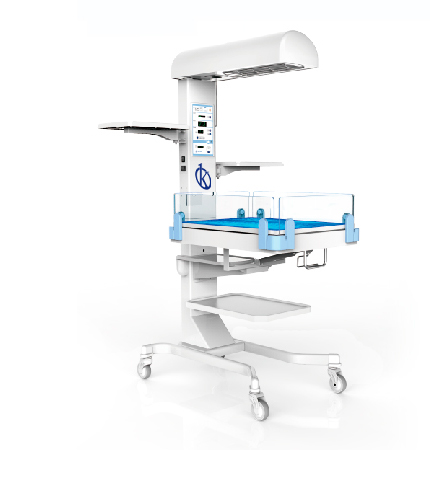
Bringing about an impressive turnaround in newborn healthcare, advanced radiant phototherapy warmers are undoubtedly the solution of the future. This innovation revolutionizes the way newborns receive treatment for conditions such as jaundice, offering safer, more effective and efficient healing therapies.
The Contribution of the Refractometer in Identifying Sample Problems: A Practical Approach to Analytical Problem Solving

The accuracy required in sample analysis has been one of the greatest challenges in the fields of science and technology. This accuracy is highly dependent on the instruments used in identifying particular problems in various samples. In this context, refractometers have proven to be an invaluable tool because of their ability to accurately measure the refractive index of various substances. This article explores how refractometers contribute significantly to the identification of problems in samples.
Efficacy and safety of infant phototherapy with radiant warmers: A comprehensive review of the current medical literature
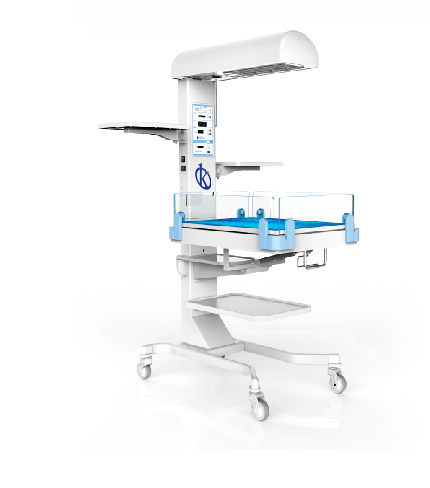
In today’s medical landscape, cutting-edge technologies, such as phototherapy and radiant warmers, play a vital role in the treatment of a number of pediatric pathologies. Light therapy, or phototherapy, uses specific wavelengths of light to treat infant pathologies, such as neonatal jaundice.
Optimizing Radiant Warmer Therapy: A Focus on Pediatric Patient Safety and Comfort.
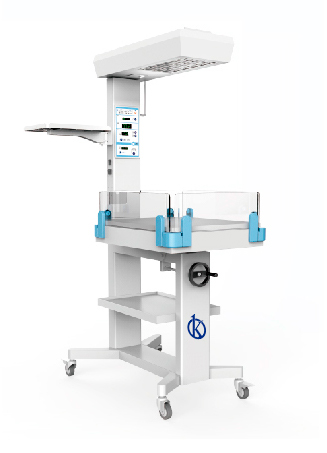
The use of radiant warmers is a common practice in neonatal and pediatric intensive care units. They are used to maintain adequate body temperature in neonates and children with thermoregulatory problems. However, safe and effective delivery of this heat therapy requires careful optimization to balance the safety and comfort needs of the pediatric patient.
Innovations in Viscometers: Improving the Efficiency of Biochemical Laboratory Processes
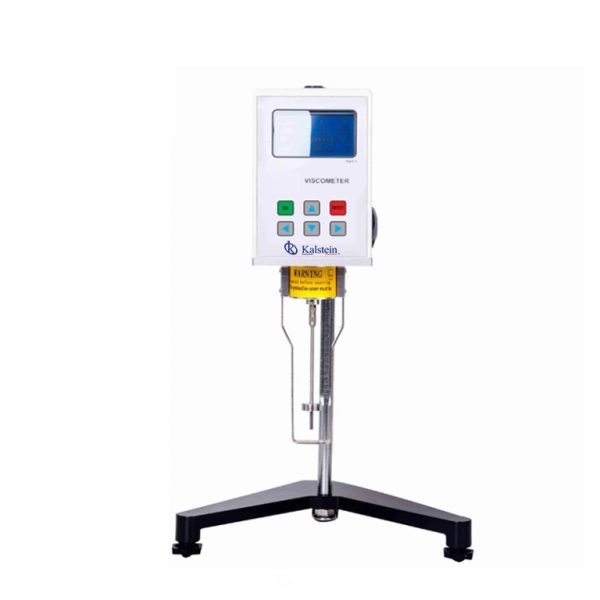
In an increasingly dynamic and demanding scientific landscape, efficiency and accuracy in laboratory processes are paramount. One critical area where a quiet revolution is occurring is viscosity measurement in biochemical research. Viscometers, instruments used to measure the resistance to flow of a liquid, have established themselves as essential tools. However, concerns about the slowness and accuracy of traditional viscosity analyzers have led to innovations that are transforming their functionality.
Viscometers and Their Role in the Biochemical Laboratory
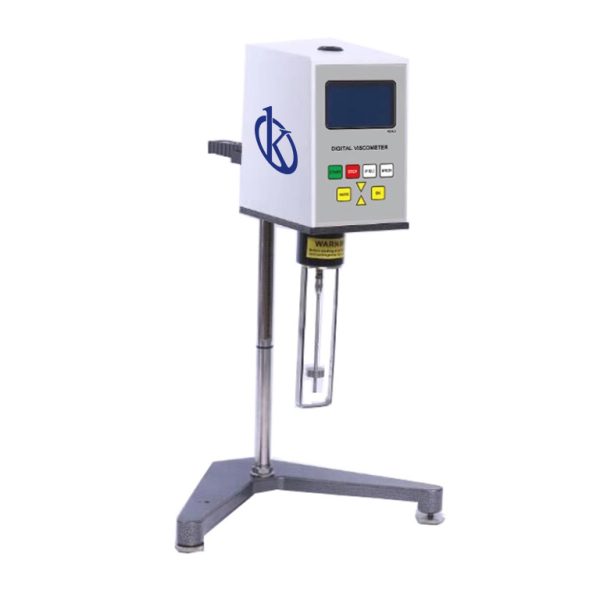
Viscometers occupy a vital place in biochemical laboratories and in the remote sensing and analysis of scientific data. These precision instruments act as flow resistance thermometers, measuring viscosity, i.e. the ‘thickness’ of liquids. Viscosity is determined by measuring the resistance of a liquid to being entrained or flowing under gravity or an applied force.

